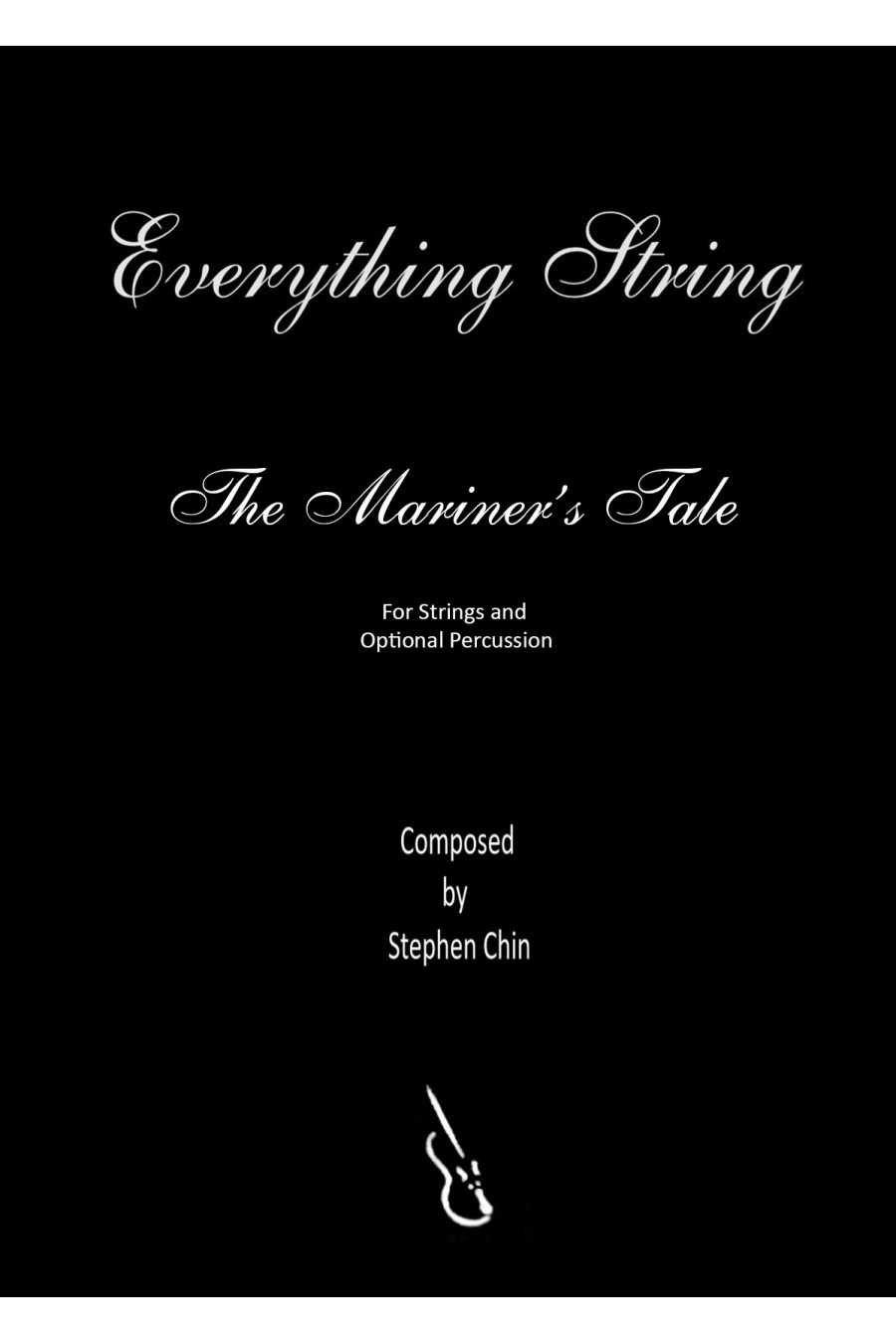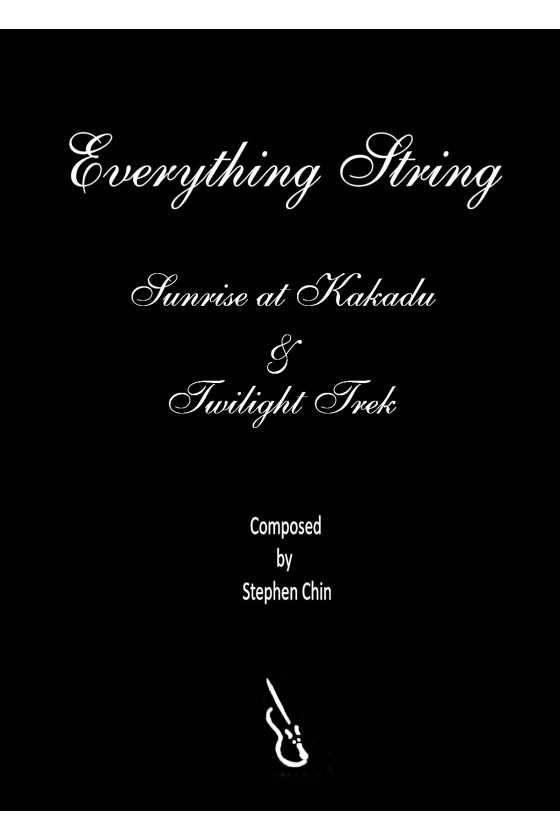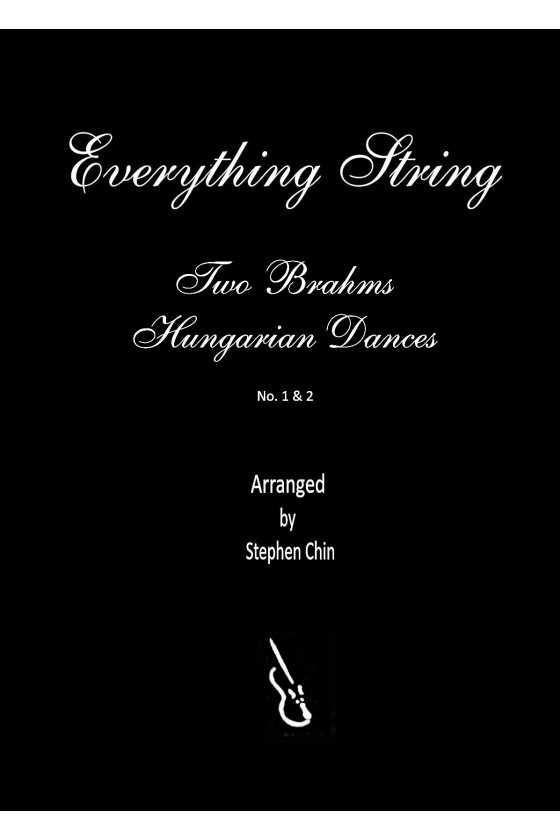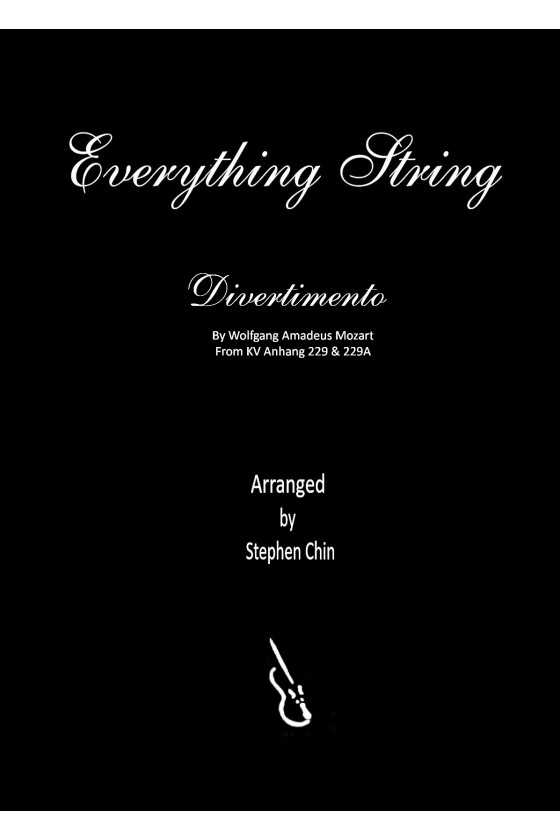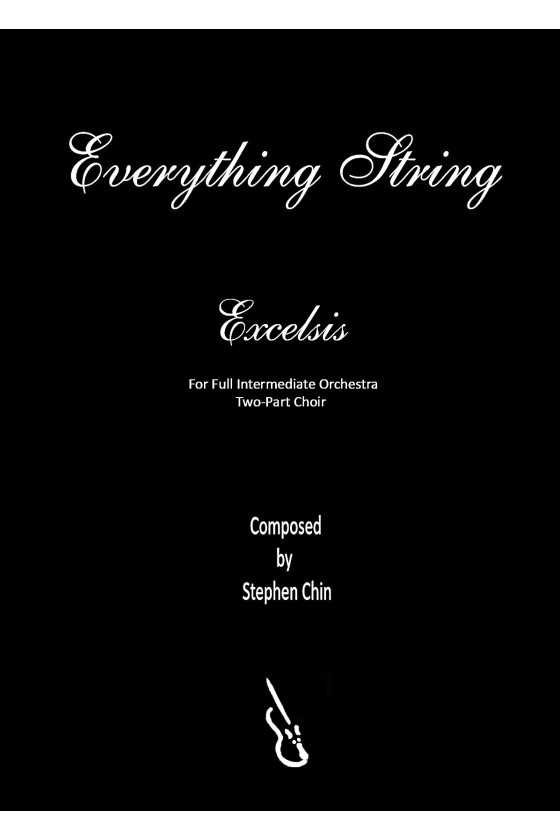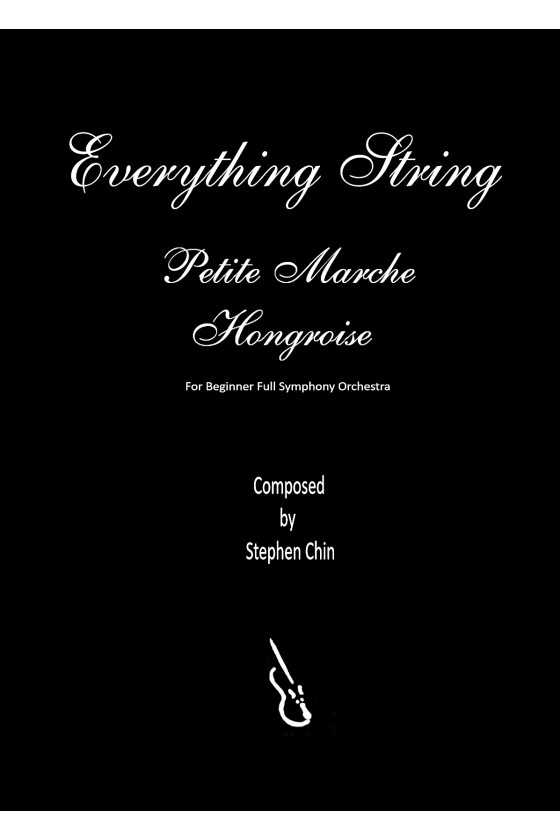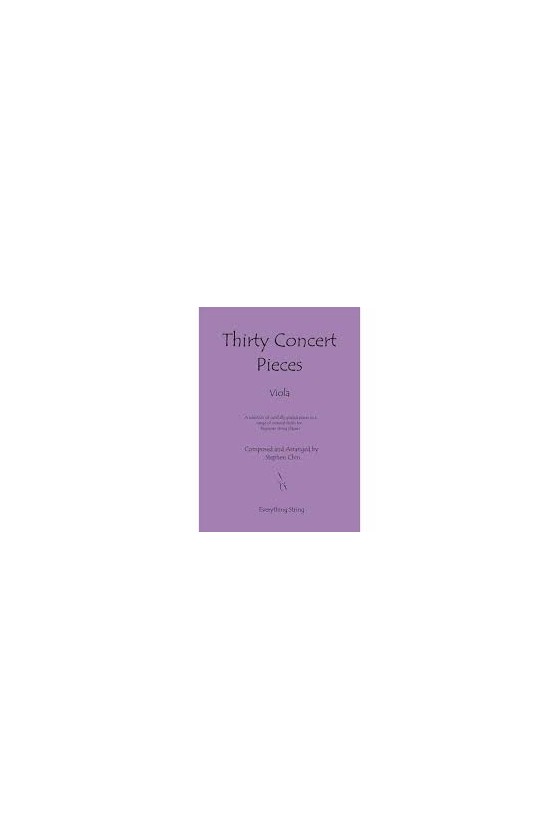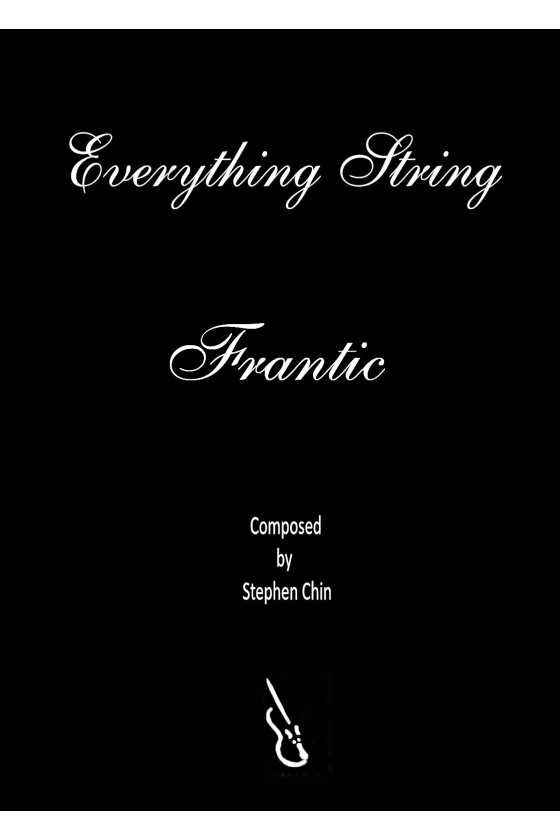The Mariner's Tale By Stephen Chin
The piece of music presented here is a magnificent festival composition that takes its inspiration from the renowned poem "The Rime of the Ancient Mariner" by Samuel Coleridge. It is designed to be played by musicians of different skill levels, and it is written for eight-string orchestras and percussion. The composition begins with an overwhelming surge of sound that mimics the rise of a wave, leading to a poignant melody that conveys the emotions of a sailor lost at sea. The music later builds up to a robust jig-like section that aptly captures the strength and power of the ocean. While only orchestra "A" is required to play percussion, the other seven orchestras can play the composition if desired, making for a grand and memorable performance.
For eight string orchestras and percussion - Level 4, 3, 2, 1.5, 1
